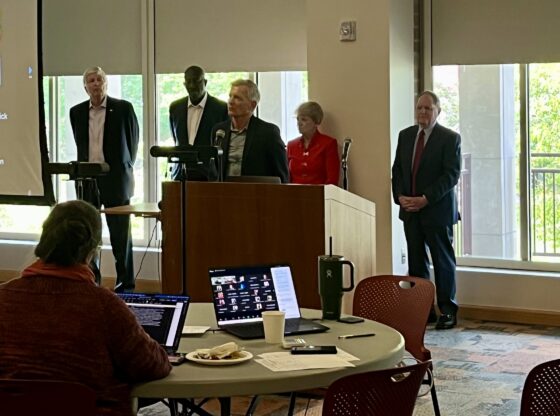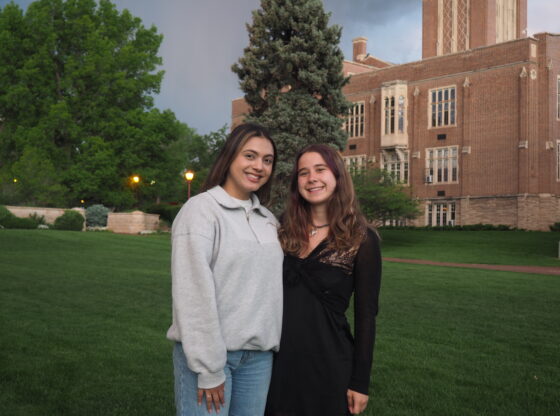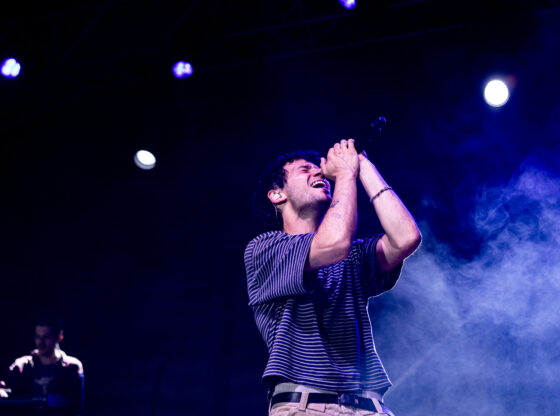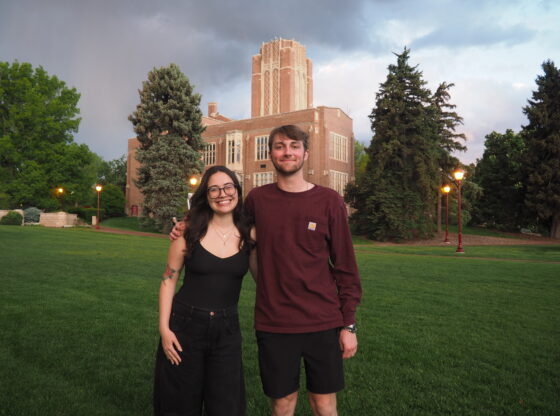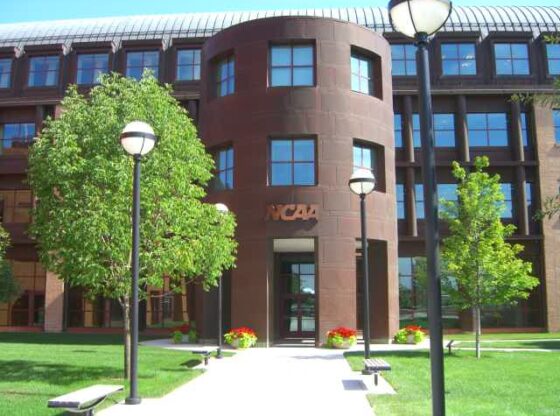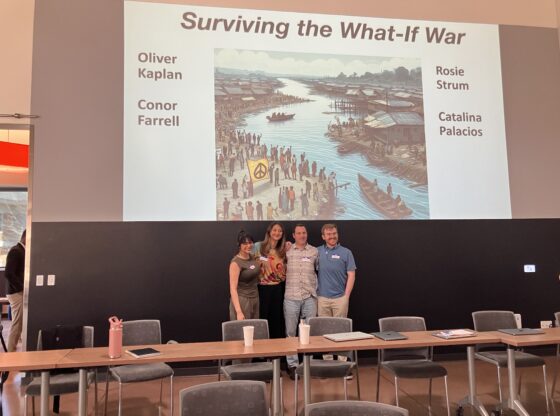Last week I wrote an article that broadly scrutinized what appears to be a lack of care on behalf of the administration for the quality of the product students pay for at this school. The general theme of financial mismanagement is also impacting employees and professors, who are expected to work long hours without a competitive paycheck.
As I continue to hear the stories of those impacted by austerity measures, our school pays our chancellor a million-dollar salary and pumps $3.137 million dollars into a mountain campus that has no real impact on any of our lives. Meanwhile, a budget cut to the Innovation Labs, which amounts to a single-digit percentage of the mountain campus budget, has drastically impacted a community on campus that has filled people’s experiences at this school with meaning.
To be clear, the innovation labs are a series of workshops on campus that are managed by the College of Engineering and Computer Science. They are resources that students and DU community members from all walks of life can use for both school and non-school-related reasons. Not only do these workshops offer work-study and career development opportunities, but they allow students to express themselves creatively and work on interdisciplinary projects with students from different academic backgrounds.
Zac Abero, the former manager of the woodshop and recent DU Alum, is one of the staff members who has been let go as a result of recent budget cuts. “As much as the woodshop is a beautiful place… it is impossible for me to find time with volunteer hours there and try to feed myself, pay rent and pay my bills.” If finances weren’t an issue, he went on, “I would be more than happy to [volunteer]”
And this sentiment should not be taken lightly. To people unfamiliar with the woodshop or the innovation labs as a whole, it is hard to comprehend the impact this community has had on student’s lives.
“It is one of the only places on Campus I felt safe to interact in” and “I can make the argument that a lot of other people felt that way” Abero noted.
He went on to highlight the irony in “being surrounded by tools that can kill and maim you pretty quickly” and feeling such a deep sense of security.
Wren Phillips, a fourth year student who frequently takes advantage of the woodshop for creative and professional endeavors said the same. When asked about the woodshop and the DU food pantry — a program on campus that was not given a budget this year — they said that “those spaces on campus are where I felt the most inspired and the most connected with people.” They continued, “No other DU event or programming has made me feel the way these organizations have.”
The real issue is that it is impossible to put a price tag on how student-led communities impact people’s lives. There is no metric that incorporates these feelings and experiences into a profit model, and the administration should understand this fact and contemplate the impact that austerity measures like these have on campus. And if they still have a hard time doing that, then maybe they can put a price tag on the woodshop by looking at what would have happened if it didn’t exist after COVID-19.
After Abero was sent home along with the rest of the student body in 2020, he began contemplating if he would continue attending DU.
“I had questions and doubts about whether I was going to return to campus based on the fact that it was expensive,” he said. “I ended up returning because of the woodshop.”
If it weren’t for the community he felt safe in, for the community that made the college experience worthwhile to him, DU would not have received his tuition money. Education is not just about going to class and getting a degree, and as a student myself I feel that everyone generally understands this point. But when looking at the administration’s behavior, how they disregard organizations and communities on campus that can’t fund themselves makes me think that maybe they don’t understand it.
It’s hard to market this school as one that can adequately compete with other academic institutions when they care more about pumping millions of dollars into marketing schemes that paint false pictures. If they want to paint a picture that is synonymous with what the “4D experience” professes, then start by paying attention to the communities that make the tuition at this school worthwhile.
Furthermore, the maker space model is not a luxurious thing to have anymore. According to Dr. Michael Caston, a faculty member at the College of Engineering and Computer Science who is in charge of running the Innovation Labs, the maker space model “is not a nice thing to have anymore, it is a must.”
It is also typically viewed as a cost center, an area on campus that fails to generate revenue. However, this is not the case. “We work on real-world projects” Dr. Caston continued, and while they might not be profitable, there is no reason an open-access resource for community members should be. Some of these real-world projects include manufacturing PPE equipment for secondary responders during COVID-19, a service that everyone in this community should be proud of.
“This is something that is extremely valuable for our students” he continued. “We have launched over 30 student businesses” and it is a crucial way in which students can bridge “the gap between schooling and career [development]”
Despite all of these new budget cuts to the innovation labs, it is important to note that the spaces and communities are not going anywhere. Although new circumstances might require a greater degree of financial flexibility, students and faculty at this school will continue to have the innovation labs as a resource.
“The climate right now is that we have to do more with less,” Dr.Caston said. . This includes hiring a staff of around 50 whose jobs range from operations — the department Zac was affiliated with — to accounting.
Because of the budget cuts, the Innovation Labs team is having to acquire outside funding, and they are even tapping into donation funds designated for equipment replacements and repairs just so they can maintain some of their staff.
All in all, the innovation labs are going to survive, but their survival is due to the community it has created as well as the larger community it is a part of. As much as the administration might enjoy advertising these creator spaces to prospective students, they are marketing the work of passionate students and faculty members who are working tirelessly to overcome barriers that the administration has built.
“There are financial challenges right now, but in the innovation labs, we’re innovators…and we’re scrappy. We move fast and we’re a ground-up program and we are going to find a way to not only survive but thrive during these times” Dr. Caston said.
If you are a creator or a person who is still searching for a community to be a part of at this school, the innovation labs are an amazing place to look into. They need people who care not just about creating, but people who value the bonds they form with others in the process of creating.
I will continue to highlight communities and organizations like the Innovation Labs across campus and publicize the reasons why we should value them, even if the administration cannot. It is more important now than it has ever been to stand up and advocate for each other because it is obvious that those who make decisions for us on campus refrain from considering our interests.


